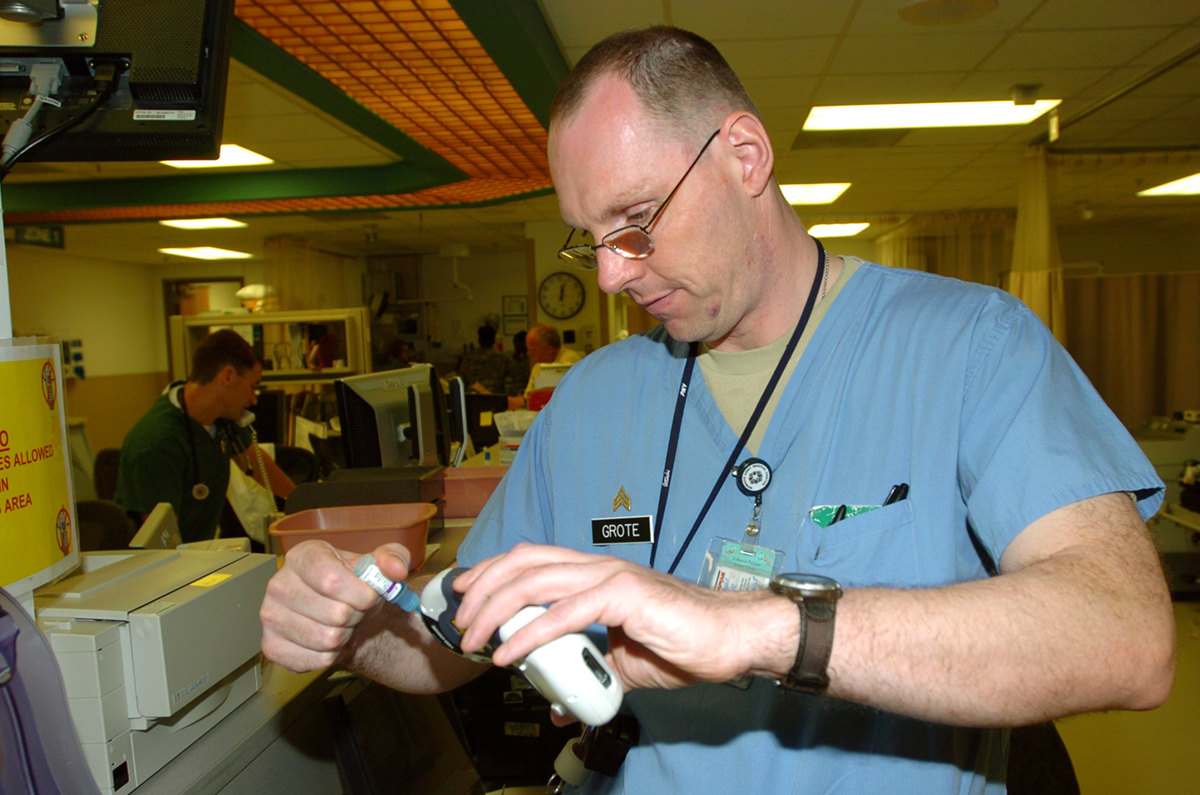
This text will focus on the diagnostic and therapeutic procedure called medial branch block. We will talk about the complications, risks, outcomes and details of this procedure. This controlled surgical procedure has a target, which refers to the medial branch nerves. Facet joints are the parts of the spine and they are located in the connection between the vertebrates. Leg, arm and back muscle sensations are not controlled by the medial nerves. The pain is sent from these nerves to the spinal cord from which the brain receives them. The pain is a signal the brain interprets as pain that we feel. Chronic refractory back pain is a problem with which the medial branch block is mostly associated. This is due to the fact that no adverse effect is experienced if these nerves become inactive or we try to identify them. This diagnostic and therapeutic method involves the use of injection, which can also be used for the treatment of back pain and also in detecting the cause of this pain.
The Procedure
The x-ray table is the location where this method is performed. Some medications can help if you cannot relax on your own, but they will also be given to cause the location to numb. Then, fluoroscopy is done. This procedure involves the insertion of an injection in the medial nerve. This injection has contrast dye, which will help with the finding and positioning of the medial nerve. X-ray will help in finding the location for the injection insertion, while the medications given will affect the medial nerves and these medications are called medial branch block.
One of the possibilities after the procedure is that the pain never recedes, but that it continues to be felt in the same intensity as prior to the surgery. But the pain can even recede for a while and return without any migration. Joints will be the probable culprits for this kind of pain. Also, there is a chance that the significant reduction of the pain is felt, after which the pain will decrease until it recedes completely.
Complications
Those who use warfarin, Aspirin and other blood thinning medications should not undergo this procedure. This goes especially for the cervical medial branch block, because the chances of complications are higher among these people. Other possible complications are infection, bleeding and worsening of the pain. After the procedure, the only thing left is to see how the medial nerve will react. Medial nerve is causing the reoccurring pain and these cases need radio frequency lesioning. But, the medial branch block is a much safer option and the radio frequency lesioning can be avoided if the medial branch block has given results.

















Your thoughts on this
Loading...